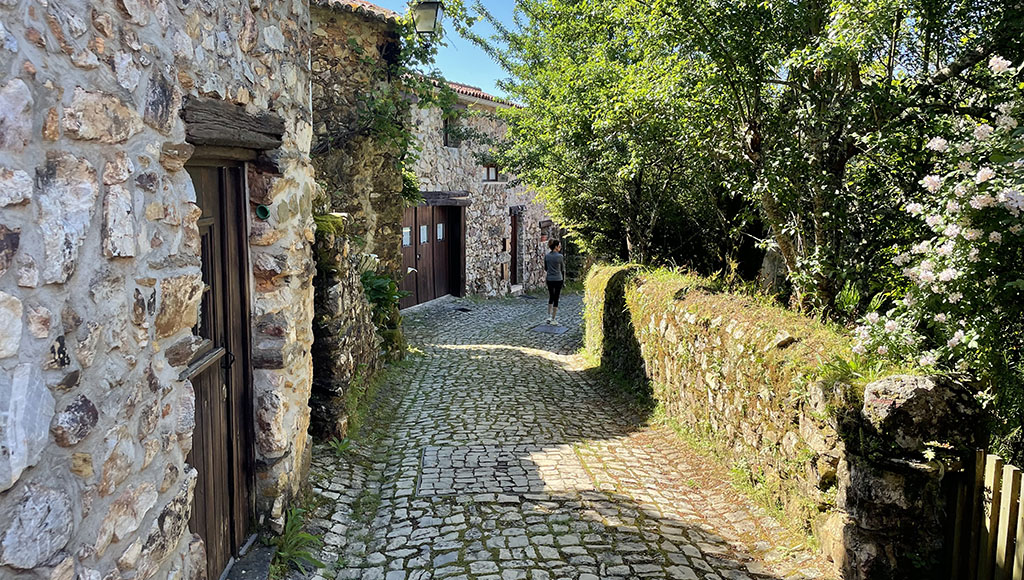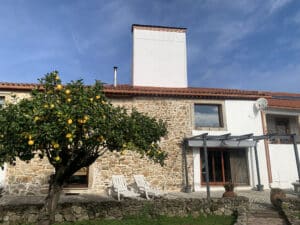The number of Americans already living in Portugal is low but significant, as there is a clear upward trend in those choosing this Iberian country as their new home.
By the end of 2023, approximately 10,000 US citizens officially were resident in Portugal, with the numbers steadily increasing through 2024 due to the country’s laid-back attitude to foreigners, the highly attractive lifestyle, affordability and a multitude of articles, social media postings and celebrity endorsements which served to create a tidal wave of publicity and positive vibes.
Compared to other European destinations chosen by those leaving the US, Portugal is almost insignificant when compared to 325,000 US residents in the UK, 240,000 in Germany, 117,000 in France and 108,000 in Spain. Even Ireland hosts 35,000 Americans within its 5.3 million population.

Where do they choose to live? The vanguard chose the well-publicised destinations of the Algarve, Lisbon and Porto. As property and living costs relentlessly have increased in these areas, the latest wave of US immigrants has been open to exploring options to ensure their desired lifestyle is not going to break the bank.
The dual fundamentals of safety and freedom in Portugal are enough for many as the country consistently ranks high in the global quality-of-life ranking. With its trademark sun, mild climate, beautiful coastlines, and historic cities, Portugal clearly has a lot of positives to offer those seeking relaxation or activities.
Where to look outside of these hot spots? Inland Central Portugal, including towns such as Tomar, Coimbra and Castelo Branco, provide that easy lifestyle, the low cost of living and a strong connection to nature, with the chance of experiencing traditional Portuguese culture in tight-knit, generous communities.

This Central Region is a huge chunk of the country, north of Lisbon and south of Porto, stretching from the Atlantic shore inland to the Spanish border. An area of traditional villages, farmhouses, towns, rivers and forests, the centre of the region is dominated by a mountain range, the Serra da Estrela, a protected area where farming and rural tourism happily co-exist.
The coastal part of this region offers a fresh, sea-view lifestyle with towns like Figueira da Foz filled with summertime visitors enjoying its vast beach and enjoying fresh fish grilled in local restaurants. Nearer to Spain, the area around Castelo Branco has low-priced farms and many stone-built rural homes that have been renovated by earlier waves of immigrants.
One area that is attracting buyers from a variety of countries, including the US, is halfway along the north-south, Porto-Lisbon axis. Here lies the ‘magic triangle’ of Coimbra, Castelo Branco and Tomar, where a wide variety of affordable property types is available. Medical and public service provision in this area is above average.

US buyers of property in Portugal’s rural areas are not driven by price alone and those who check out different areas of the country before buying are more likely to make good choices.
The Central Region’s magic triangle has an increasing availability of renovated and upgraded historic buildings, many of which are on the market only briefly before being snapped up. Additionally, many overseas buyers are looking for principal and second properties with income potential in areas with strong rental demand.
Examples in this magic triangle include renovated, edge-of-village properties at under €2,000 per square metre (just over 200 USD per square foot) and an elegant, 500-year-old fully upgraded townhouse in a registered historic zone for €2,500 per square metre.
Many village and town properties in this magic triangle can be purchased for far less but may require the installation of insulation and heating systems to guarantee comfort through the winter months. There is more demand for fully-renovated properties than supply.

Life in Portugal may not suit every newbie, indeed it does not, and some immigrants move on – generally those who assumed a transition to a small country in Europe would be effort- and emotion-free.
Issues encountered include language barriers, declining health and distance to healthcare facilities, bureaucratic complexities, and isolation despite the many expatriate support services available online and social groups.
However, one must be realistic about the strength of family ties and changing personal circumstances, which led some to return to the US or move to other countries.

For many Americans, moving to Portugal represents an opportunity to enjoy a higher quality of life at a lower cost, with access to excellent healthcare and a welcoming community.
Whether retiring, working remotely, or simply changing pace, Portugal offers a combination of affordability, safety, and cultural richness that continues to draw Americans.
As more people in the US gain confidence when seeking the adventure of living in Europe, Portugal will welcome all with open arms.
By Paul Rees
The author runs Rural Properties, an innovative business that invests in the Central Region, buying, renovating and selling properties. For investment enquiries: www.rural-properties.com or contact info@rural-properties.com
























